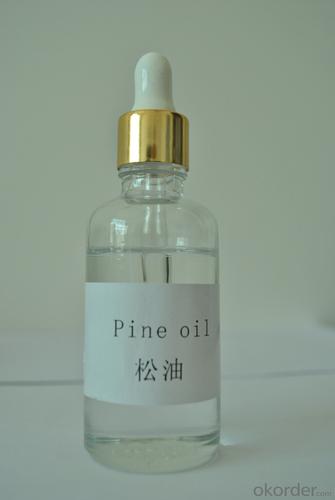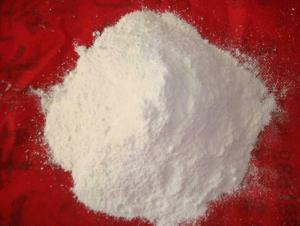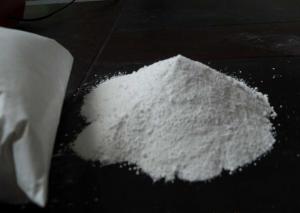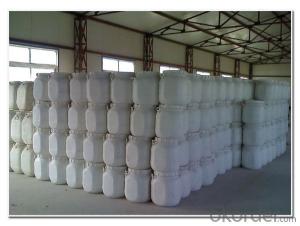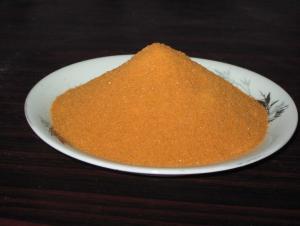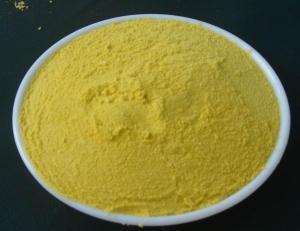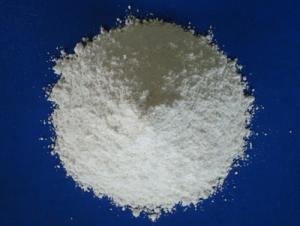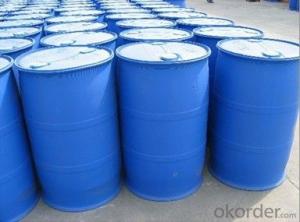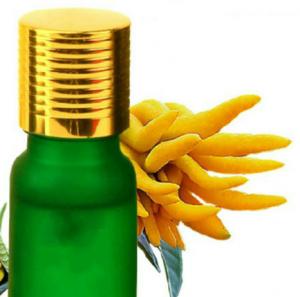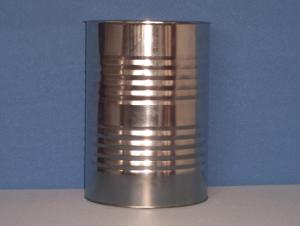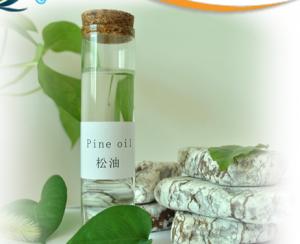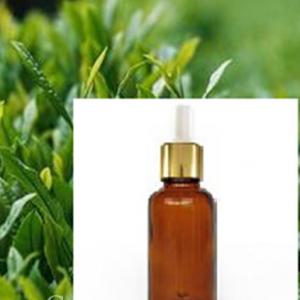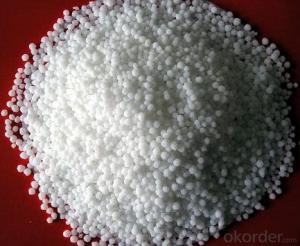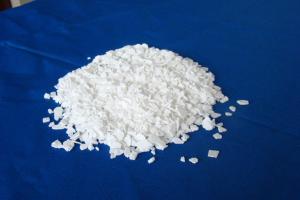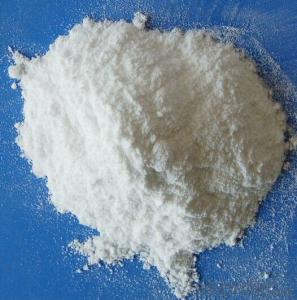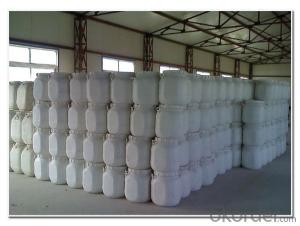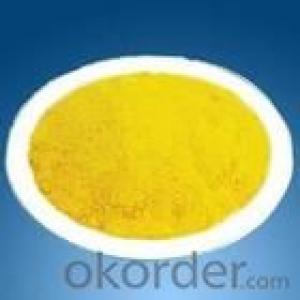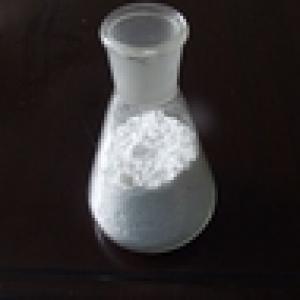Pine Oil with Best Offer and High Quality and Fast Shipment
- Loading Port:
- Shanghai
- Payment Terms:
- TT or LC
- Min Order Qty:
- 17.6
- Supply Capability:
- 3000 m.t./month
OKorder Service Pledge
OKorder Financial Service
You Might Also Like
1. Structure of Pine Oil Description:
CAS NO.: 8002-09-3
MF: C10H17OH
PURITY:
Purity: 45% 50% 70% 80%
Packing&Delievery: 170kg/iron drum (Capacity of per 20'FCL: 80 drums,totally 13.6mt per container)
All year Delievery
2. Main Features of Pine Oil:
The pine oil is widely used in the flotation of various metallic and non-metallic minerals. It is mainly used in the flotation of various sulfide ores,such as lead,copper,zinc,and iron sulfide,and non-sulfide minerals. It exhibits some collecting properties,especially for readily floatable minerals such as talc,graphite,sulphur,molybdenite and coal etc.The froth produced by pine oil is more persistent than that produced by other frothers.As a good foaming agent of non-ferrous metals,has been widely used both at home and abroad,with low foam,high concentrate grade,strong adaptability,fine and dense foam and the foaming speed and defoaming speed is fast,easy operation,no impact on subsequent flotation and is appropriate the separation of polymetallicore.
3.Pine Oil Images
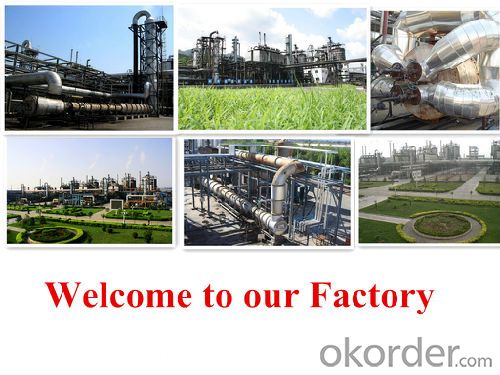


4.Pine Oil Specification
Item | 50% | 65% | 70% | 85% |
Appearance | Slight-yellowish or brown-yellowish oil-shape liquid. | |||
Color and state( Max). | 6 | 6 | 6 | 6 |
Content of water (Max). | 0.7 | 0.7 | 0.7 | 0.7 |
Total acid value (Min) | 50 | 65 | 70 | 85 |
Gravity | 0.866 | 0.90-0.92 | 0.90-0.92 | 0.92-0.94 |
Distillation range(°C) | 168-230°C | 170-225°C | 170-225°C | 190-225°C |
Impurities(MAX) | 0.5% | 0.5% | 0.5% | 0.5% |
PH value | 5-7 | 5-7 | 5-7 | 5-7 |
Impurity( Max). | 0.5 | 0.5 | 0.3 | 0.3 |
5.FAQ
1)How many tons does your factory can supply each moth?
30000tons/month
2)How to quarantee the quality of the products?
you can arrange SGS&BV or other quality inspection.
3)How many days you need to pepare the cargo after we made the order?
- Q: Several kinds of inorganic salt food sources?
- Pepper, bamboo, bamboo, seaweed, lily, nuts, bread, dairy, beans, seaweed, kelp, kelp, Olives, cauliflower, amaranth, shepherd's purse, salted egg, noodles, fermented bean curd, tempeh, spinach, amaranth, spinach, coriander, fruit
- Q: What is an inorganic salt?
- Encyclopedia is defined as: inorganic salts that inorganic compounds in the salt
- Q: Where are the parts of the bryophyte absorb water and inorganic salts?
- Moss moss moss, moss Gang, moss root through the fake root absorption, that is, the use of cell penetration technology, moss Gang has evolved out of the root, so you can directly through the relatively low roots to absorb Oh
- Q: What is the time when the maximum number of inorganic salts is needed
- Potassium is ion-soluble in plant juice, and its main function is related to the metabolism of plants.
- Q: People do not eat salt tears with no inorganic salt
- Your body depends on sodium ions for a variety of regulation, including the transmission of nerve signals, etc., before you tears do not contain salt before you have a dog
- Q: Organic chemistry extraction lab. If the KBr wasn't there I would just add HCl to protonate the NH2, but I'm not sure if that will affect the KBr or the carbon chain. Both of these are in an aqueous phase.
- The amine will certainly coordinate to K+, but the interaction is not very strong and hydrogen bonding from water will compete efficiently. Also, if your amine is soluble in water, you are not going to be able to isolate it by turning it into the corresponding ammonium salt.
- Q: Why inorganic salt waterproof coating does not apply to roof waterproofing
- Inorganic salts are generally in the form of waterproof agent, generally mixed with cement quality of 3-5 percent, but now the roof is waterproof waterproof polyurethane materials are generally used, this is a new type of waterproof coating, Paint manufacturers, you can first check online!
- Q: what is the function of the organic part of bone matrix?of the inorganic part(bone salts)?
- For the best answers, search on this site www.okorder You're a riot, I swear. It amazes me how many people completely miss your plays on words. I'd stick with the "in" organic food. You know, the really trendy stuff like chai tea. Stay away from old, tired standbys like pizza and hamburgers. Macaroni and cheese, though, is like the tuxedo or the little black dress. It never goes out of style.
- Q: After a lot of sweating, the amount of drink with inorganic salt drink right?
- It is best to drink this kind of drink, which contains sodium and potassium, and when the body after a lot of exercise will consume a lot of potassium, leaving the body feel weak, this drink can quickly add the body Electrolyte, need to note that before the exercise 1-2 hours, during exercise and after exercise have to drink
- Q: Does the apple contain inorganic salts and vitamins?
- Yes, the fruit is rich in these two nutrients, especially apples
Send your message to us
Pine Oil with Best Offer and High Quality and Fast Shipment
- Loading Port:
- Shanghai
- Payment Terms:
- TT or LC
- Min Order Qty:
- 17.6
- Supply Capability:
- 3000 m.t./month
OKorder Service Pledge
OKorder Financial Service
Similar products
Hot products
Hot Searches


